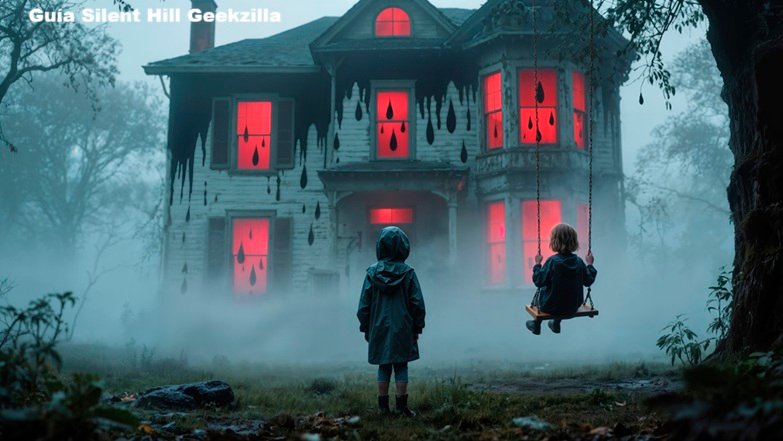The Silent Hill series has been a cornerstone of survival horror gaming for decades. For fanatics who want to dive deep into the eerie global of foggy streets, psychological horror, and mysterious monsters, the Guía Silent Hill Geekzilla is a must-have reference guide. Whether you’re a newcomer seeking to apprehend the story or an established fan revisiting the classics, this guide helps you navigate the entirety of the series.
Introduction to Silent Hill
Silent Hill is a mythical survival horror franchise that debuted in 1999. Known for its worrying atmosphere, complicated storylines, and mental factors, the collection stands aside from traditional “leap scare” horror video games. Each identity explores subject matters like guilt, trauma, and redemption — turning every playthrough right into a private and haunting experience.
What Is Guía Silent Hill Geekzilla?
The Guía Silent Hill Geekzilla is a fan-friendly, distinct, useful resource designed to assist players in absolutely reveling in the Silent Hill universe. It covers sport mechanics, plot breakdowns, secret endings, and strategies to survive the horrors of the town.
This guide serves as:
- A Story Companion: Summaries of every recreation’s tale and characters.
- A Gameplay Walkthrough: Tips for puzzles, enemy encounters, and exploration.
- A Lore Encyclopedia: Background at the cult, the metropolis’s records, and symbolism.
- A Fan Resource: Recommendations for related comics, films, and spin-off media.
Main Games Covered inside the Guide
| Game Title | Year Released | Key Highlights |
|---|
| Silent Hill | 1999 | Introduced the eerie town and psychological horror concept. |
| Silent Hill 2 | 2001 | Considered the best in the series; follows James Sunderland’s haunting journey. |
| Silent Hill 3 | 2003 | Continues the original story with Heather Mason as the protagonist. |
| Silent Hill 4: The Room | 2004 | Experimental gameplay focusing on a cursed apartment. |
| Silent Hill: Homecoming | 2008 | Adds a combat-heavy approach with a war veteran protagonist. |
| Silent Hill: Downpour | 2012 | Explores themes of guilt and morality with open-world exploration. |
Why Silent Hill Is So Unique
The Silent Hill franchise stands out due to:
- Psychological Horror: The monsters represent characters’ fears and internal demons.
- Atmosphere: The foggy streets and eerie soundtrack create an unforgettable revel in.
- Symbolism: Every object, place, and enemy regularly has a deeper meaning.
- Multiple Endings: Choices affect the tale’s outcome, adding replay fee.
Tips from the Guía Silent Hill Geekzilla
- Save Often: Silent Hill video games may be unforgiving, so store development each time possible.
- Conserve Ammo: Ammunition is scarce — use melee guns while you can.
- Listen Carefully: Audio cues alert you to nearby enemies or hidden events.
- Explore Thoroughly: Many key objects are hidden in non-compulsory rooms.
- Pay Attention to Clues: Puzzle pointers are often hidden in notes, graffiti, or environmental info.
Beyond the Games: Silent Hill Media
The manual additionally recommends exploring:
- Movies: Silent Hill (2006) and Silent Hill: Revelation (2012) for cinematic diversifications.
- Comics and Novels: Expand on the town’s mythology and side stories.
- Upcoming Projects: Rumors of remakes and reboots keep the network excited.
Final Thoughts
The Guía Silent Hill Geekzilla is best for both new gamers and seasoned fans. It enables you to recognize the franchise’s deep lore, grasp its puzzles, and revel in every chilling detail. Whether you need to play through the series so as, find hidden endings, or just recognize the artistry behind the horror, this guide is your last partner.
